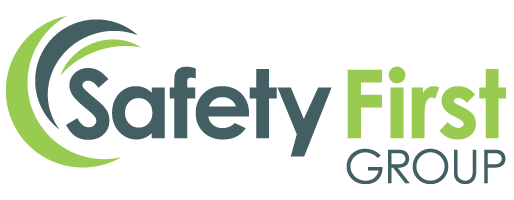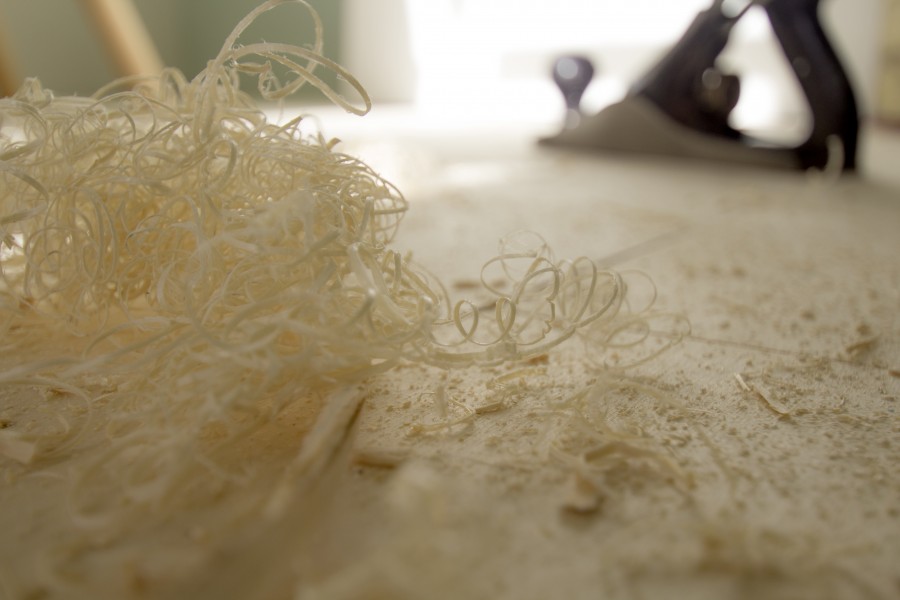A Health and Safety Executive directive has published new guidance on how to limit the potential damage of exposure to wood dust. Compliant with Control of Substances Hazardous to Health Regulations 2002 (COSHH), the guidelines are intended to protect workers health as well as protecting businesses from potentially dangerous exposure.
The Control of Substances Hazardous to Health Regulations 2002 (COSHH) states that employers need to ensure that exposure is prevented or, where this is not reasonably practicable, adequately controlled.
The advice covers different wood cutting and turning techniques, giving practical advice and best practice for controlling exposure to wood dust in the woodworking industry. The HSE identifies some key checkpoints that all businesses should have in place, should they work with a hazardous substance such as wood dust. These include:
- choose the most effective and reliable control measures;
- ensure they are used properly by instructing, training and supervising workers;
- ensure they keep on working by maintaining the control measures;
- check and review all elements of control measures regularly for their continued effectiveness.
The hazards of failing to efficiently manage your wood dust exposure can have a serious detrimental effect on the people that come into contact with it. This is due to the fact that wood dust can contain bacteria, fungal and moss spores, leading to breathing difficulties, lung infections or other bacterial infections relating to exposure.
Not only can this have a detrimental effect on the health and wellbeing of your employees, but it is also likely to lead to fines or costly court cases if it is found that you have not adequately protected your team.
Occupational exposure monitoring is essential for checking the effectiveness of your control measures, ensuring workplace exposure limits are not exceeded, and identifying health surveillance needs. Deterioration of, or ineffective control measures can leave your business exposed.
Additionally, Safety First Group can carry out Local Exhaust Ventilation analysis to test the effectiveness of control measures that are already in place. This will give your business evidence to comply with COSHH regulations 2002, regulation 9.
Safety First’s specialist team is highly qualified in the different methods of monitoring exposure. No matter how complex the issue, Safety First can find the right sampling strategy for you and ensure that your exposures are compliant with COSHH regulations.
To learn more about Occupational Exposure Monitoring, please visit https://www.safetyfirstgroup.co.uk/services/occupational-exposure-monitoring/ or https://www.safetyfirstgroup.co.uk/services/thorough-examination-and-testing-of-local-exhaust-ventilation-systems/. Alternatively, please call 0845 004 2133 or email enquiries@safetyfirstgroup.co.uk .


